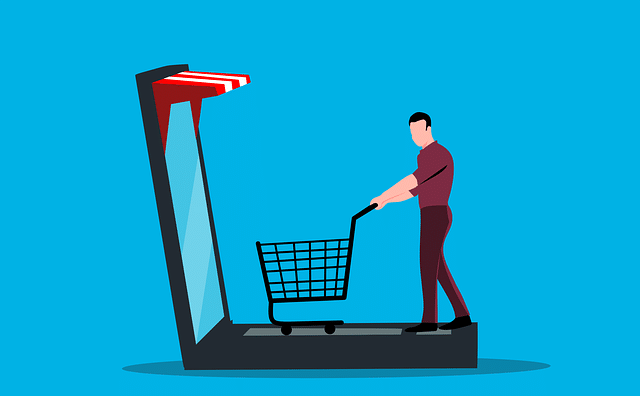Retail: Stationary still strong – online growing rapidly
The EHI Retail Institute is a research and consulting institute for the retail industry and a partner of the E-Commerce Institute Cologne. The new article from EHI gives an interesting overview of the developments in online retail. Click here for more info!
Grocery and e-commerce are winners of the Corona year
German online retail recorded strong growth last year. Boosted by the Corona pandemic, sales by the top 1,000 online stores in Germany rose from 51.7 billion euros in the previous year to 68.8 billion euros. This corresponds to growth of 33.1 percent. Of the top 20 online stores, Hornbach recorded the strongest growth in fiscal 2020 with 86.2 percent, Ikea with 74.3 percent and Saturn with 72.2 percent. Unsurprisingly, the online store with the highest sales continues to be industry leader Amazon, ahead of Otto and Zalando.
Strong concentration in online retailing
Overall, over the past few years, the data shows considerable growth among the top players and, associated with this, a strong concentration in the e-commerce market. For example, the top 10 online stores generated around 40 percent of the total revenue of the top 1,000 online stores. Most recently, EHI put the total online retail sales share at 15.4 percent.
Marketplaces in focus for the first time
The e-commerce study by EHI and Statista focuses for the first time on marketplaces, which are increasingly being used by providers who operate their own online stores. At 44.8 percent, almost half of the online stores surveyed are already represented on Amazon, while 36.3 percent are still on Ebay. It is therefore not surprising that these two marketplaces also have the largest gross merchandise volumes (GMV) in Germany; after all, Amazon & Co. have grown particularly strongly in recent years via their marketplace retailers.
However, not only large retailers but also small and medium-sized companies are increasingly offering their products via Amazon, eBay and Kaufland. Customer access is an essential key to success for retailers. Retailers don’t want to lose this under any circumstances, don’t want to become dependent, and don’t want to be a pure goods shipper for platforms in the future. Larger companies such as Douglas, Fressnapf, Otto, and Zalando have already developed into platforms themselves or are striving to do so in the future.
Corona complicates e-commerce forecast
Meanwhile, the question of the future development of the German e-commerce market remains uncertain and will depend in the short term on the pandemic situation, including supply bottlenecks, for example. For 2021, growth was assumed to be lower than in 2020, but stronger than in the years before the Corona pandemic. A slowdown in growth could be because customers will increasingly want to visit brick-and-mortar stores again after the end of the Corona measures. One thing is certain: Corona accelerated the changes in retail. While sales in online retail grew rapidly, some stationary retail struggled with lockdown-related sales and frequency losses.
Stationary sales lines with more sales
Even though the Corona year brought a boom to online retail, the retail industry as a whole continues to be dominated by brick-and-mortar sales. At EUR 93 billion, the top 4 sales divisions in stationary retail alone generated more sales than Germany’s entire online retail sector. Overall, the top 1,000 stationary sales lines generated net sales of more than EUR 300 billion in 2020, equivalent to almost 60 percent of total retail sales. In addition to online retail, food retail (LEH) in particular benefited in the Corona year. Although the number of LEH outlets shrank by 3.6 percent, sales increased by the same percentage. The high share of 60 percent in the top 1,000 sales shows how strong the LEH is. In addition, the DIY market grew strongly in 2020, with an above-average growth rate of 14 percent due to the early lockdown easing for DIY and garden stores. In addition, the cocooning trend has motivated people to get cozy in their own homes. The top 1,000 includes 176 DIY & home furnishings chain stores, which accounted for 15.7 percent of the top 1,000’s total retail sales. It will therefore be exciting to see in which direction the retail sector develops in the coming year.
If you enjoyed this article, you can find more articles on research and studies here on the ECI site.
